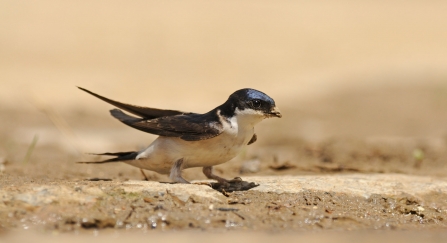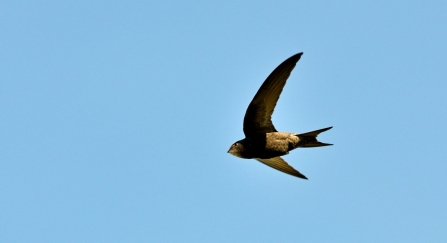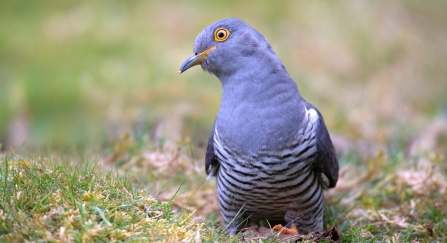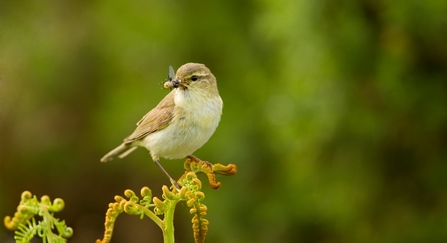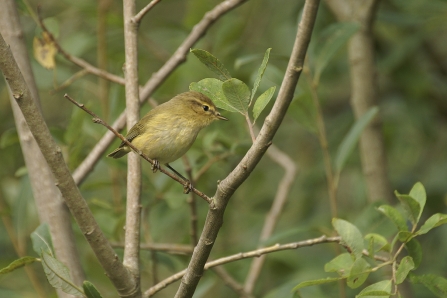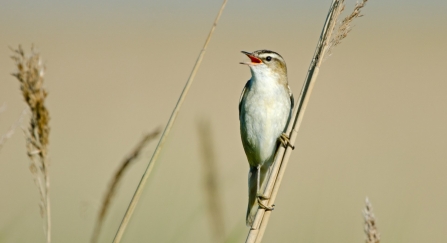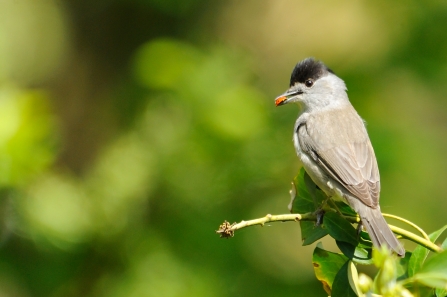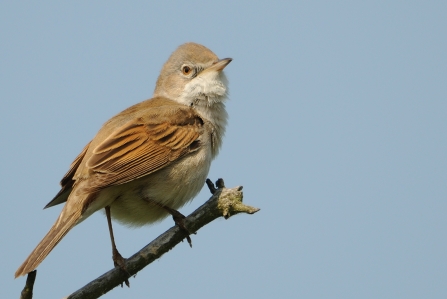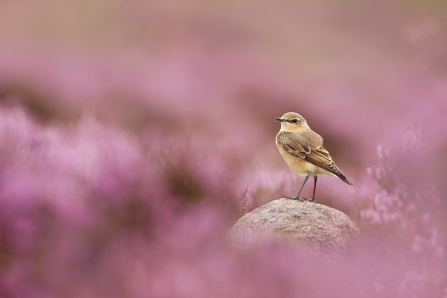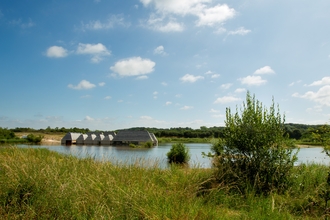The UK isn’t just perfect for migrant birds in winter – our warm, wet summers mean insects in abundance for hungry migrant birds. Add more nest sites and fewer predators than their wintering grounds in places like Africa and the Mediterranean, and these birds have the perfect place to raise a feathered family.
Here are some key migrant birds to see in our region over the coming months.


